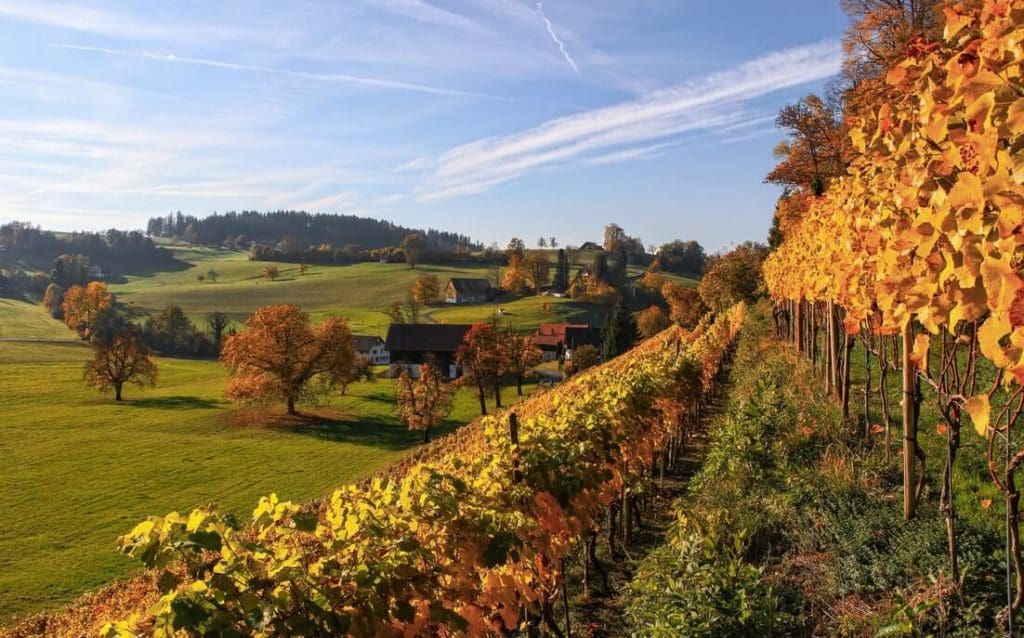The best season you can plant trees is during autumn, so make sure you make the most of the season! Aside from being a fun activity and bonding time for you and other people, it is also one of the most effective and affordable ways to care for the environment.
If you plan to plant a tree, here are some essential things to know to do it properly.
The Ideal Time for Planting Trees
If you are going to plant trees, shrubs, and perennials, you should opt to plant from September until November. During these months, the roots are given time to set in before the ground gets frozen up and taken over by the winter season. Also, trees and shrubs planted during the fall are better equipped to withstand heat, drought, and even pests brought by the following seasons.
The Ideal Weather for Planting Trees
Look out for the dry weather—this is the worst condition to plant trees. However, if you don’t have a choice and you end up planting trees when the weather is dry, ensure that the plant gets about 15 to 20 gallons of water every week to make sure they do not die during the winter season. This is especially crucial if you plant shade trees. But if you planted fruit and ornamental trees, you should water them a little bit less than that.
If you can change your schedule, remember that wetter and cooler weather is the best choice for planting trees. In this setting, you do not need to do the watering all by yourself; the seasonal rains can hydrate the trees for you!
The Ideal Plants for Fall Planting
Shade trees, perennials, fruit trees, and ornamental trees are ideal for planting during the fall season. When you plant in autumn, the soil is much easier to dig than when it freezes over during the following winter season.
On the other hand, you should avoid planting rhododendrons, azaleas, hollies, boxwoods, and other evergreen plants with broad leaves. There is a high possibility these plants cannot withstand the cold temperature and windy air during the winter season.
One of the best places to plant trees is right on your property. You do not have to travel far to forests or parks, and you can do it in your backyard. You can support tree-planting organizations and their activities that involve reforestation, but you should also make changes to your immediate environment.
The Benefits of Planting a Tree on Your Property
There are numerous benefits of planting trees, but here are particular ones with personal advantages for you.
Aside from giving you cleaner and fresher air to breathe, shade trees can help you with your electricity bills. You can save up to 25 percent on your air conditioning bills during the summer if you have a shade tree on the south or west side of your house. Moreover, it can bring your property value up by 20 percent.
If that is not enough, trees can help prevent flooding. They will soak up the water during heavy rains, so you will not need to worry.
Final Thoughts
Planting trees is a meaningful activity that serves as a solid contribution to the environment. It is also something that can be a relaxing and meditative experience you’ll enjoy. If you can spare a few hours, consider planting a tree in your backyard, a local area, or a park.
If you need a New York forest service to help you plant trees, contact Future Forest Inc, Western New York’s logging and forestry experts. Our team will help you achieve sustainable forestry in the best way possible! Contact us today to learn more about our forest management programs.

